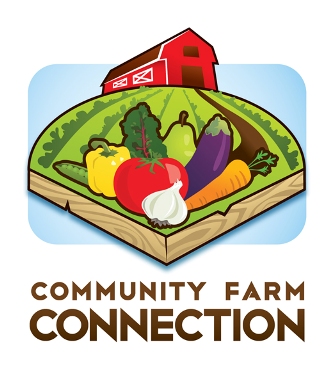Field Training and Farm Etiquette
-
Every glean includes field training for volunteers and reviewing farm etiquette, as well as any special harvesting instructions from the farmer. (*Note: all gleaning coordinators should check with the farmer for special instructions on harvesting crops.)
-
The success of a glean project greatly depends on how satisfied farmers are after the glean and requires farmers wanting to continue to invite people out to the farm. The Gleaning Rules and Expectations guidelines are useful to ensure donor satisfaction with gleans. These documents are ideally given or emailed to volunteers before a gleaning event.
-
Typically scissors or harvest knives are used to cut greens. Carrots, parsnips and turnips need to be dug up using a harvest fork, while potatoes should be dug with shovels.
-
Scissors, harvest knives and clippers are often in short supply on site so it is better to bring your own. Often farmers will have extra shovels and forks that can be used for harvesting but again, they are good tools to bring to gleans.
○ Always check with the grower beforehand to see what kinds of tools your crew will have access to and what is essential to bring.
○ Tools are something the gleaning coordinator will need to secure either through existing budgets, fundraising or direct donations. Always present your cause to local business people, how can their donation be mutually beneficial? (i.e. using the business name in thanks on literature)
Quantity and Variety
The type of produce does matter; best to check with food bank coordinators before accepting large donations of produce.
○ Recipes can be useful. Keep recipes simple and try to relate less-common produce such as kale to more relatable veggies such as spinach.
○ Try to include common food items clients will receive at the food bank into recipes. Such food items typically include rice, beans, instant noodles and sometimes tortillas.
○ Also, keep in mind many food bank clients do not have full kitchens. What can be easily cooked with a hot plate or microwave? (stuffed baked potato, quesadilla, etc)
Quantity is something to keep in mind. Check in often with food banks to make sure what you are giving them isn’t too much or too little. Typically, food banks would too prefer to have larger amounts of one product than smaller amounts of lots of things.
Storage
Ideally, distribute produce as soon after a glean as possible. This is an important factor when planning a glean. When is food bank open? How ‘shelf stable’ is the produce you are harvesting? Tomatoes that are not overripe can sit in a cool room for days before starting to spoil, while products such as kale and salad mix are best given out directly after harvesting.
Regardless of how long the produce will be held before distributed, proper storage is essential for the longevity of produce. It is important to stress to food bank coordinators and volunteers the importance of treating produce with care. Properly cared for produce looks better and reflects a sense of integrity to clients. Donors also worked very hard to produce the food, despite potential blemishes the produce is usually of stellar quality and deserves to be treated well.
Proper produce is a simple spreadsheet that outlines basic handling guidelines on how to care for different types of produce. Ideally, this information will be adapted into the distribution system so that produce can be kept as optimally fresh as possible.


